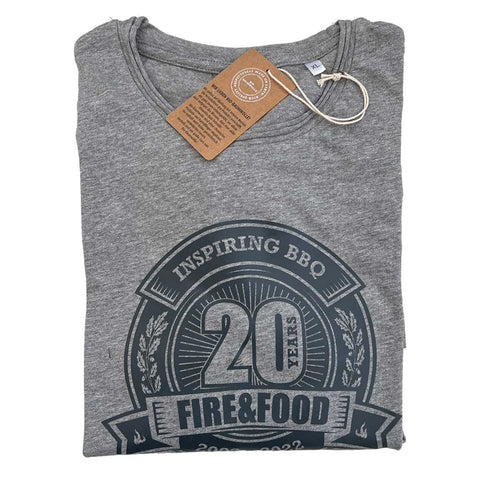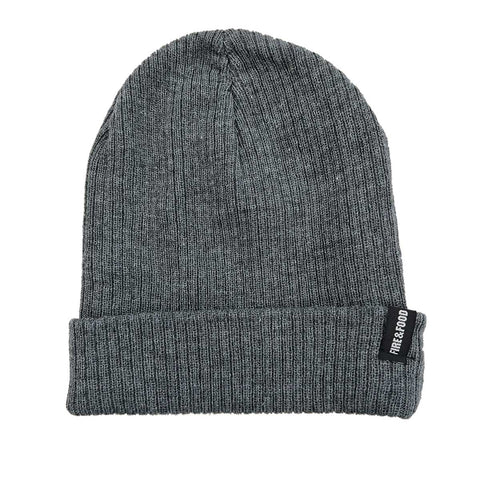Vertical grilling – no chance for grease fire
Even though most commercially available grills apply heat to the food from below, vertical grilling is probably the most effective way to evenly cook large roasts and whole poultry without burning fat and to provide them with roasted aromas.
Grilling is primarily about the taste and the conviviality that this popular method of preparation brings with it. The health aspect is more likely to be a topic in a happy group when it comes to more or less fatty meat. But grilling itself is actually a very healthy thing - if only there weren't the annoying danger of a fat fire. This is why indirect grilling and barbecuing have become popular in Europe over the last 20 years, as this avoids fat fires and the resulting harmful substances such as PAHs.
PAHs are created when organic material burns incompletely - as is the case, for example, when a campfire burns or when smoking cigarettes. This can happen when grilling when fat and meat juices drip onto the embers and a bluish smoke forms, which is either inhaled or settles on the food being grilled. Completely glowing charcoal, which can be recognized by the pieces of charcoal completely covered with a white layer of ash, offers effective protection, also in combination with a grease drip tray. In addition, many grills are designed so that their heat source does not come into contact with fat, marinade or meat juice, such as top heat and vertical grills. Here the heat comes either - as the name suggests - from above; this technology is predominantly used in the well-known high-performance grills for perfect steaks; with vertical grilling the heat source is usually positioned in the back or to the side. The most well-known vertical grill in our latitudes can be found - at least it feels like it - on every other street corner: in the form of a well-stocked kebab skewer that rotates in front of an electric or gas-powered heat source. But the roosters in the chicken cart also owe their crispy skin to vertical grilling, as does the rind of the suckling pig at a sports festival or the tenderly cooked lamb at the traditional Argentinian asado, which is placed on a large iron cross next to the open wood fire.
The advantage of vertical grilling is that fat and meat juices cannot burn unhindered, and on the other hand, the food - if it is on a motorized rotisserie, for example - cooks more evenly and does not dry out as easily, as the fats and juices that escape are distributed over the food due to the constant rotation, thus keeping it moist. In addition, the rotation ensures that no hot spots form that could overcook the food in certain places.
⬆️ Grill manufacturer Thüros , on the other hand, offers a vertical charcoal shaft for its stainless steel grills, which works best in conjunction with a meat skewer and generates the necessary heat from charcoal or charcoal briquettes.
⬆️ The manufacturer Schneider Metall also uses charcoal and briquettes as energy sources with its "Vertical Grill 66 double". The charcoal shaft is positioned exactly in the middle so that you can grill from two sides at the same time. So if you often grill whole poultry and roasts for a larger group, the vertical grill technology is an extremely functional and healthy alternative to conventional grilling over glowing coals.
Grease drip tray / Vertical gas burner
Grease drip tray / Horizontal back burner
Grease drip tray / Horizontal charcoal basket





















